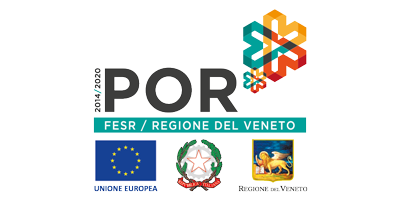Editorials
Organic vineyards of Nero d'Avola have recorded yields 20% higher at harvest alongside better Brix degrees and polyphenols
ILSA biostimulants and natural fertilizers have led to high productivity and to an improved quality of must in the Patri’ vineyards in the province of Caltanisseta.
11/05/2020
(Arzignano, VI). In 2019, several organic farmers have obtained higher yields and grapes using ILSA biostimulants and fertilizers. These have also generated musts with better indices in terms of Brix degrees and polyphenols.
For example, in the Patri’ winery (located in Butera in the province of Caltanissetta), well known for the quality of its wines, the integration of an ILSA biostimulant based on Fabaceas enzyme hydrolyzate, led to a marked increase in photosynthetic activity. This was clearly demonstrated by the brighter green vegetation and the absence of chlorotic areas in the treated part of the vineyard. The effectiveness of the hydrolyzate is due to the cutting-edge biotechnologies adopted by ILSA. These have a low environmental impact and high efficiency in extracting substances with a bio-stimulating action.
How was the plant-based biostimulant applied?
The biostimulant was applied every two weeks in a mixture containing microelements and other products based on copper and sulphur to sprouts of 15-20 cm long. The ratio was 2 kg per hectare and applications have continued every two weeks since during the complete flowering, post-fruit setting phase and grape development phases.
The comprehensive strategy
Other formulations from ILSA are based on the company's organic matrix called Gelamin® - a fluid hydrolyzed gelatin - with a high content of amino acids designed for agricultural use. These were also integrated into the strategy adopted by the Patri' wine cellar. Improvements were observed in fruit setting (less millerandage) and in the more elongated and "open" development of the bunches, compared to the untreated vineyards. This extremely positive result contributes to reducing the risk of rotting in a very closed bunch variety such as the Nero d'Avola.
The results at the harvest
The greater the photosynthetic activity during the harvest, the better the fruit setting and conformation of the bunches. Along with a lower incidence of rot and other types of stress, this led to a striking 20% increase in yield. A higher quality was also measured in terms of increased sugar level and polyphenol content in the must (in comparison with the untreated thesis) and these maintained the same pH, despite a slightly higher acidity.
ILSA biostimulants and special fertilizers, as used by the Patri’ winery, can be mixed with any commercial formula - even pesticides - thanks to their stability and characteristics of sub-acid pH and a very low salinity derived from the exclusive enzymatic hydrolysis process.
Organic and conventional viticulture: ILSA innovative inputs eliminate differences and can reduce the use of synthetic chemicals from vineyards
ILSA formulations are natural and have a low environmental impact and when applied in organic vineyards, result in a comparable or better production and quality standards in comparison to conventional agriculture. Another positive aspect is they reduce the use of synthetic chemicals.
A natural, sustainable and profitable approach to viticulture is, therefore, possible without suffering production losses that characterized organic vineyards up until a few years ago.
"Our company has been testing and improving agricultural inputs for organic wine production for over a decade”, explains Angelo Cifarelli of the ILSA agronomic service. “This has led to enviable results in production and profitability, compared to conventional vineyards." In favour of low environmental impact and a healthier crop, many winemakers (although not certified organic) use ILSA products in organic farming, thus contributing to an overall reduction in impact on the environment.
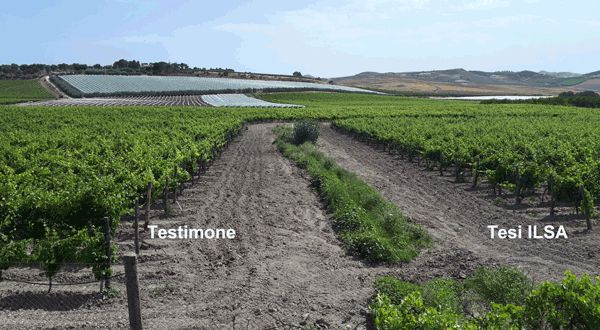
Picture 1: On 11 June 2019, the differences between the two parcels of the same vineyard of Nero d'Avola were evident.
The right part was much more developed from the vegetative point, with a much greener colour than the rest of vegetation.
| ILSA Thesis | Company Thesis | |
|---|---|---|
| Yields | 200 q/ha | 160 q/ha |
| Must results analysis – 19/09/2019 | ||
| Degrees Brix | 22,8 | 22,1 |
| Total acidity (g/L of tartaric acid) | 6,75 | 6,2 |
| pH | 3,05 | 3,11 |
| Total polyphenols (mg/L) | 640 | 610 |
Tab.1: Summary of the production and quality results of Nero d'Avola in the 2019 test at Patrì winery.
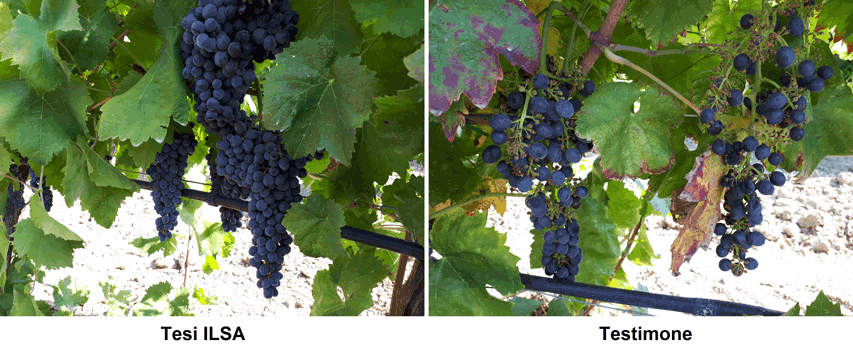
Picture 2: In the pre-harvest, the beneficial effects on the fruit set and on the more
regular conformation of the bunches of Nero d’Avola from the ILSA Thesis were noted.
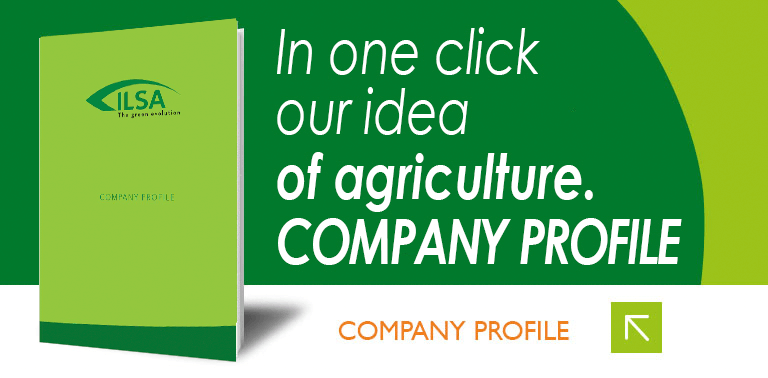

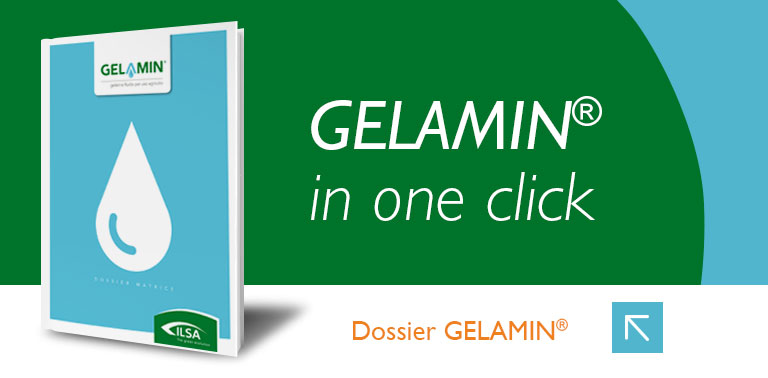
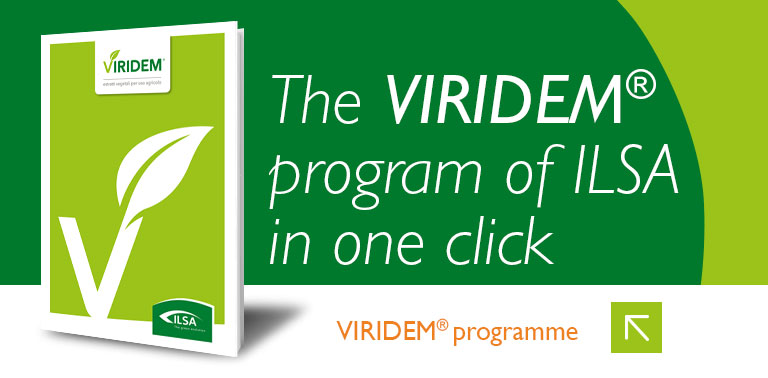

.png)
